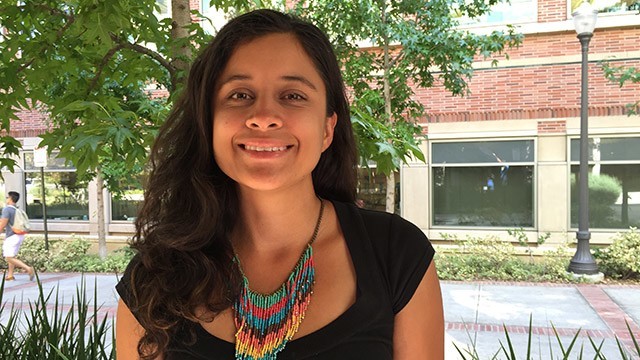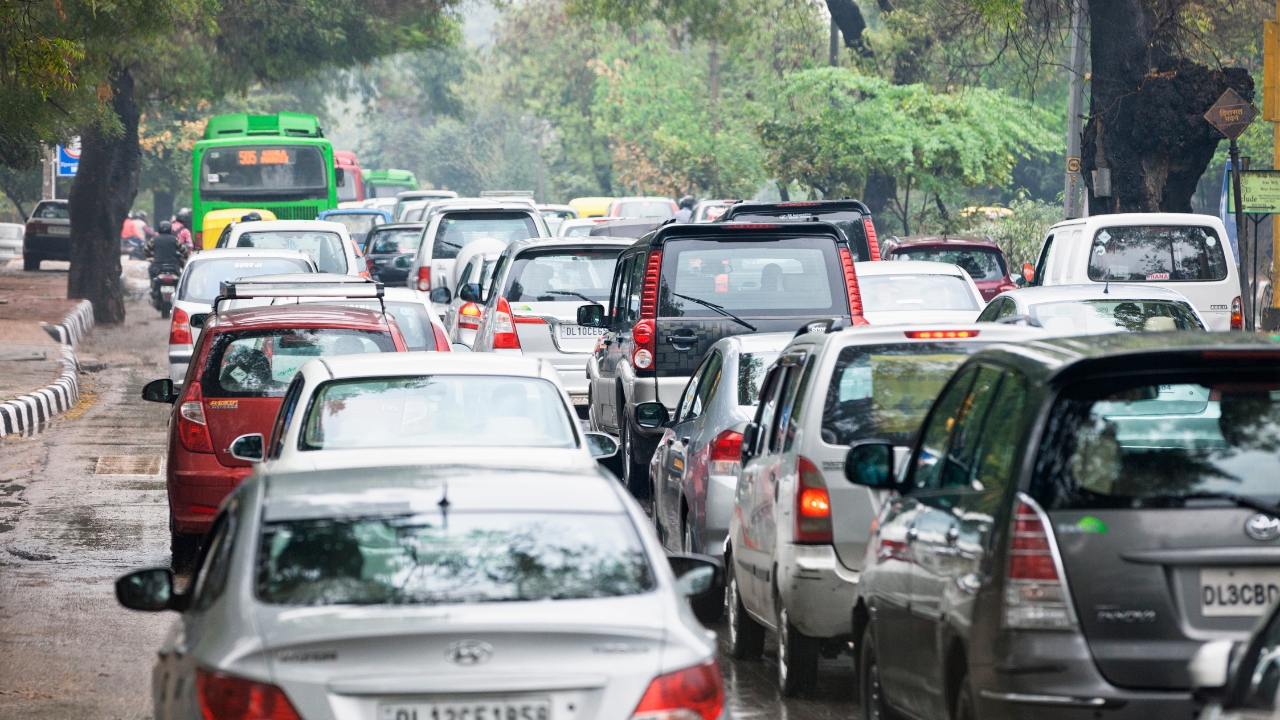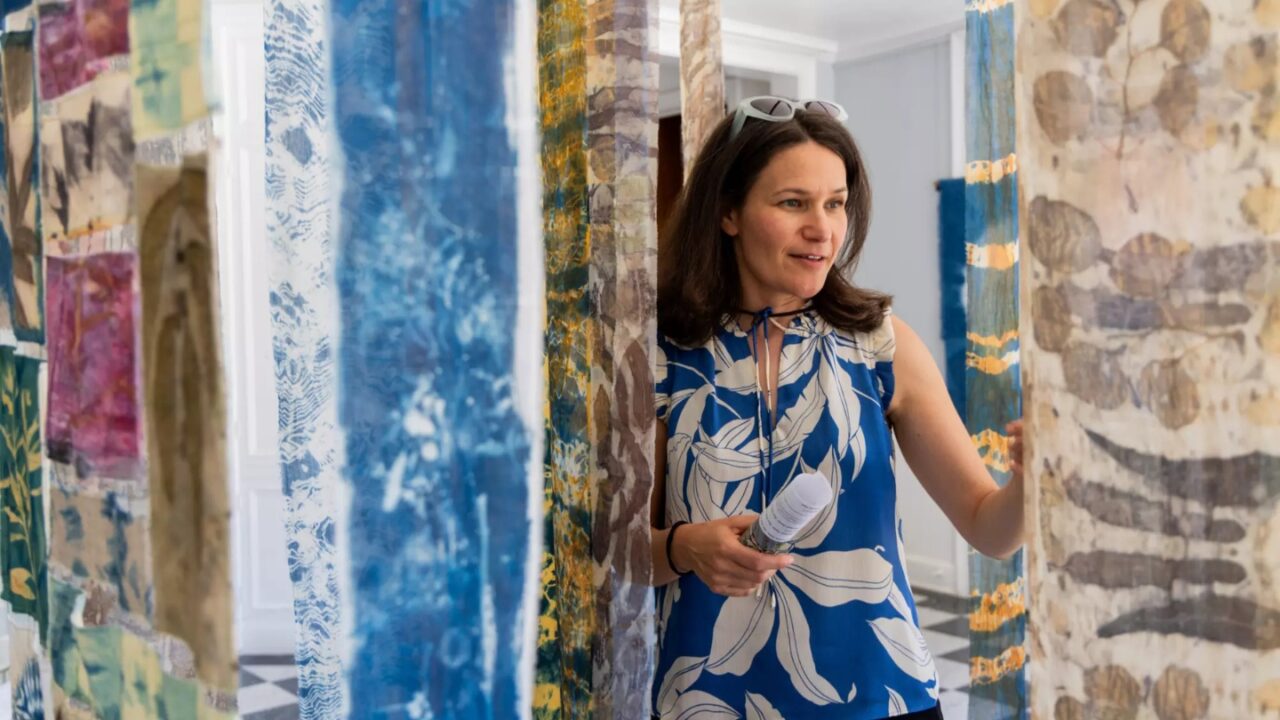
ESE: Getting the Job Done
An IoES Graduate Program Puts Women & Minorities on the Front Lines of Environmental Problem Solving
Environmental issues — such as lack of clean air or clean water — tend to hit low-income and minority neighborhoods disproportionately.
But here’s a bit of good news: IoES’s Environmental Science & Engineering Program (ESE) — a professional doctorate program that produces D. Envs who also have the practical experience to solve such problems — is attracting students from precisely these communities.
Of the 27 students in the ESE program in 2014-15, 24 percent were from underrepresented minorities, while 68 percent were female, according to new numbers released today by the institute.
Those percentages far exceed those found for minorities or women in more traditional science or engineering fields — and compare favorably with overall levels for all UCLA graduate students (12 percent minorities and 46 percent female).
“Students are coming into the ESE program because they see it giving them an opportunity to be the next environmental leader in their culture and community.”
A Stepping Stone Into My Career
The ESE program, which was started in 1972 by Nobel Prize Laureate Willard Libby, is a professional doctorate program that specifically aims to produce leaders outside academics — in business, non-profits, state agencies, and other groups and organizations on the front lines of environmental issues.
The program also strives for a balanced mix of graduates in these sectors. And a new ESE alumni survey shows it’s achieving that goal.
Of 192 alumni surveyed, 42% are employed with private companies, 36% are in the public sector, 13% are in academia, and 9% are with non-profits. Alumni include Shelley Luce, the executive director of Environment Now; Melissa Evanson, who is Gwaii Haanas Marine Liaison at Fisheries and Oceans Canada; and Omar Asensio, now a postdoctoral scholar studying at UCLA’s Center for Corporate Environmental Performance.
“Our goal has always been to give students a major head start in their careers with a strong foundation in environmental science and engineering,” says Nordby. “We have more than 230 graduates, many of them in senior leadership positions in all these sectors.”
And current ESE students seem to like where that head start could take them.
“ESE has been a stepping stone into my government career in environmental policy and water security,” says Michelle Thompson, an ESE doctoral candidate who recently completed the U.S. Department of Energy’s Scholars Program in the Office of Environmental Management. She will graduate from the program in 2016 and focuses on solar-powered water purification in Southeast Asia and Western Africa.
“ESE offers much more than a traditional Ph.D. program, which is why I was drawn to it,” Thompson adds. “A dissertation-driven internship of your choice, cross-campus courses in the Law, Public Health, Public Policy and Anderson Business School, and core environmental engineering courses and electives were the main reasons I chose this doctoral program from other top-ranked environmental science and engineering programs in the nation.”
Thompson has focused her doctoral research on solar-powered water purification in Southeast Asia, working at Singapore’s Solar Energy Research Institute. She says the ESE program has allowed her to travel and do research in 10 countries in the last two years and give talks at international conferences in Dubai, Taiwan, Korea and Sicily.
Jenny Aleman-Zometa, an ecologist who’s entering the ESE program this year, agrees that the real-world internships and interdisciplinary nature of the ESE doctorate sets it apart.
“As an ecologist with ties ranging from remote farmlands in El Salvador to the large urban ecosystem that is Los Angeles, I feel the best way to make a difference and protect the habitats I love is through integrating science and policy,” Aleman-Zometa says. “I’m also currently learning to think about environmental issues through the lenses of economists and engineers.”
And having healthy minority and female representation in ESE doesn’t just benefit the students and communities, adds Cully Nordby.
“It’s critically important for the institute and for UCLA as well,” she says. “It makes our program and our university that much better — that much more able to address environmental issues in socially just and equitable ways.”



